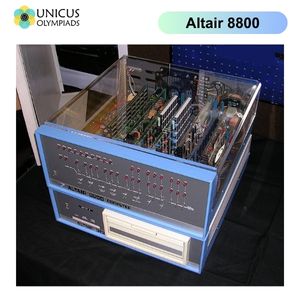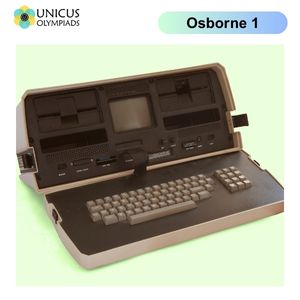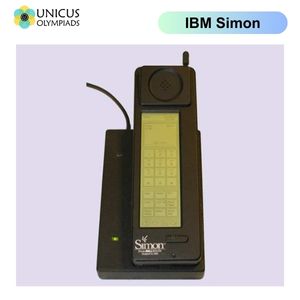

The history of computing is filled with groundbreaking achievements that have paved the way for the modern, digital world. From the early machines like ENIAC to the development of the first programmable computers, these "firsts" represent key moments in the evolution of technology. Below, we explore some of the most significant computing firsts that have shaped the field of computing and information technology.
ENIAC: December 1945

EDVAC: 1949
Fortran: 1957
Computer Mouse: 1964
Altair 8800: 1975

UNIX: 1969
Osborne 1: 1981

WorldWideWeb (Nexus): 1990
IBM Simon: 1994
